Not all recipes are made equal. Some require significantly more skill to produce correctly than others. While there are many simple recipes that you can learn to impress friends and family, more complicated dishes might require learning additional skills to prepare. They may also require more beginner-friendly skills, such as deboning, to be honed to a more accurate science to produce the correct consistency or shape for your final dish. Here are the top 10 most difficult dishes to prepare, according to culinary experts.
Another challenge is that a complex mole can have over 30 ingredients, including Mexican chocolate, which might not be as easy to get. Some of the ingredients in a good, authentic mole can only be sourced from a Mexican market. While you can make a decent mole with just a few ingredients, you’ll be missing out on the depth of flavor and complexity that mole is known for. (Here are some money-saving cooking tips from The Great Depression.)
Fugu
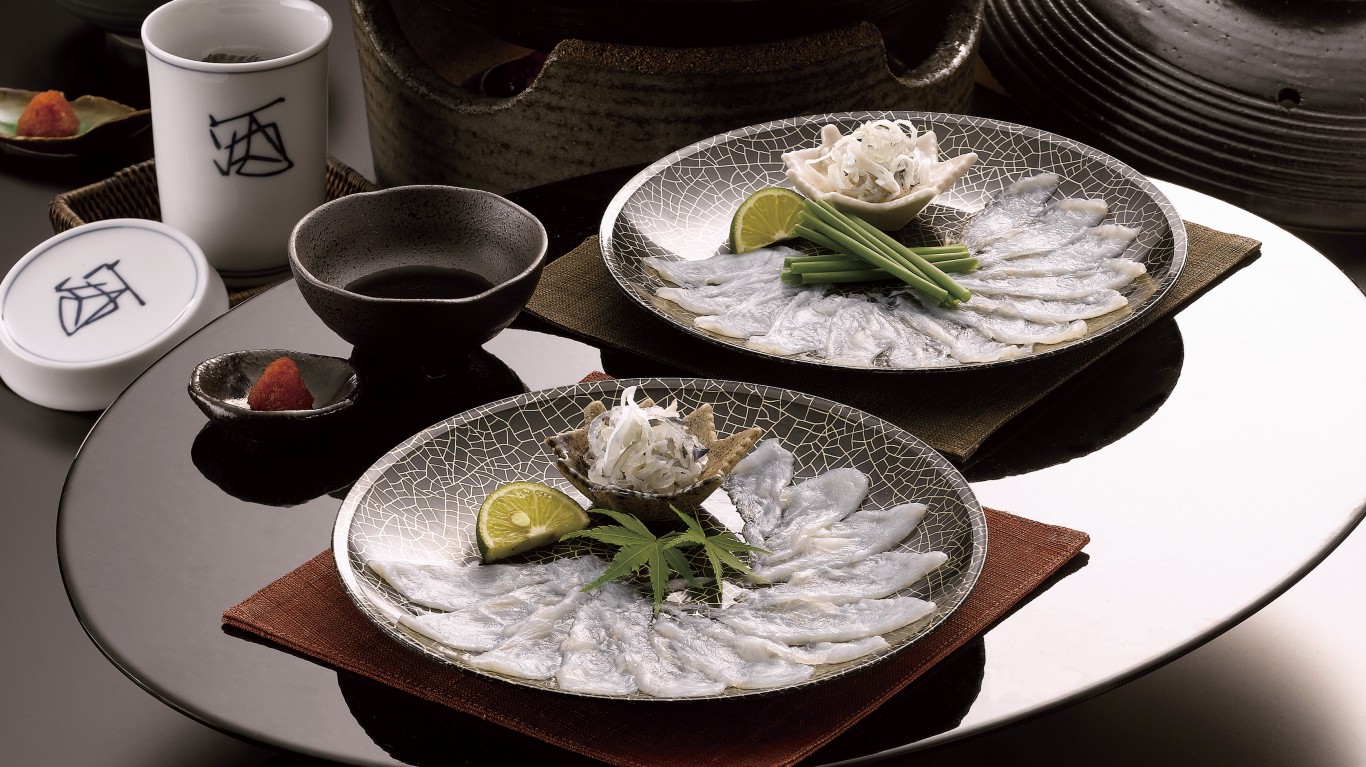
We chose fugu as our most difficult dish to prepare because the consequences of incorrect preparation are so high. Fugu is pufferfish and can refer to many different preparations, including sashimi, grilled, and soups. Pufferfish are known for containing a deadly neurotoxin, tetrodotoxin, which is present in the fish’s skin, eyes, and organs.
Tetrodotoxin can have a rapid onset (10 to 45 minutes) or a delayed onset (3 to 6 hours.) Most cases of poisoning conclude within 6 hours. If you survive 24 hours after the initial intoxication, you’re likely to recover without any long-term effects. However, symptoms may last for several days, and recovery from acute poisoning will take a few days.
Only certified chefs in Japan are legally allowed to prepare fugu for consumption. They have to be trained and licensed. Additionally, no one is allowed to make fugu dishes at home. Even the Japanese royal family isn’t exempt from these rules. The Emperor is not allowed to consume fugu at all, for his own safety. After all, an incorrectly prepared dish—which is a risk even when the dish is prepared by a licensed chef—could cause the untimely death of this crucial cultural figure.
Fisheries in China claim to have bred a variety of pufferfish that has not produced any toxins at all for several generations. Before 2016, pufferfish was banned in China; although, many fancy restaurants would illegally sell dishes that included it. However, the ban has been lifted due to the fisheries breeding non-poisonous fish that are adequate for consumption.
Consommé
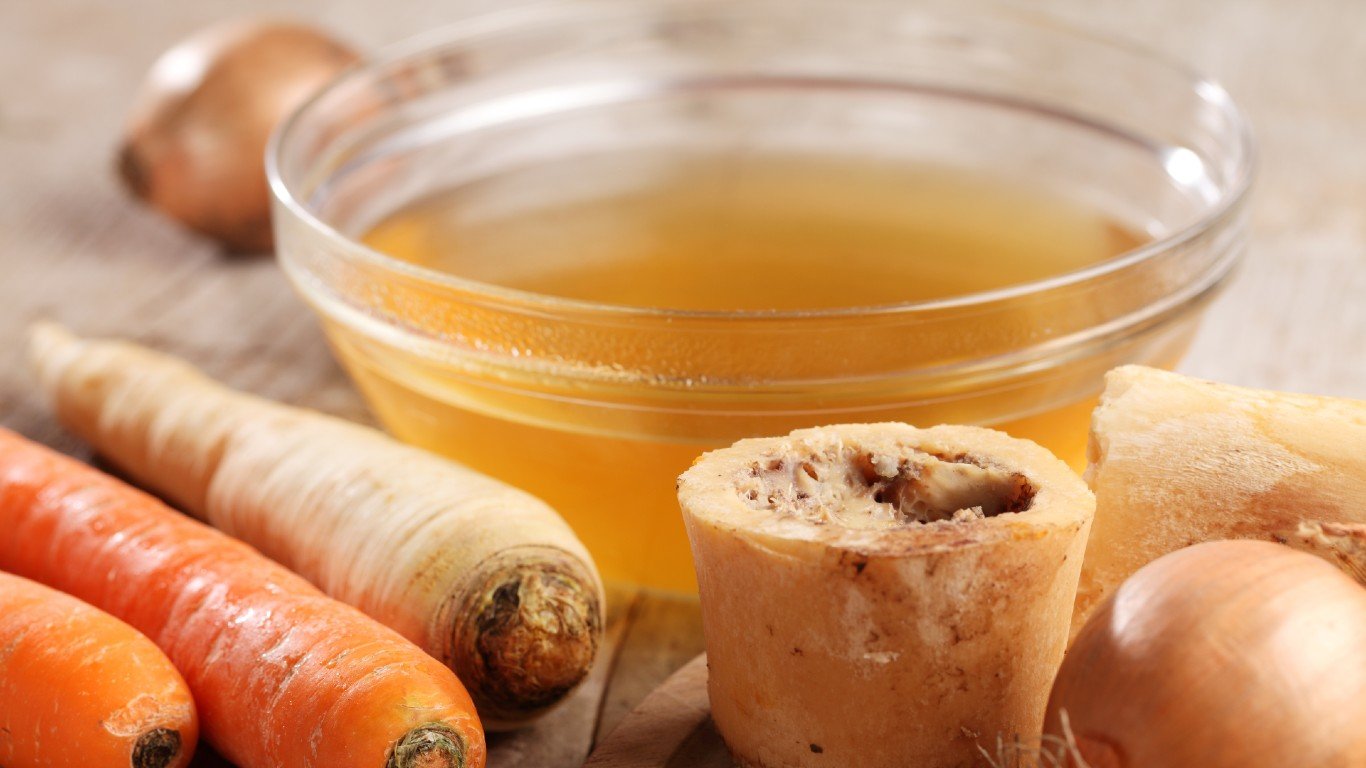
Consommé is a unique type of clarified soup that intends to be crystal clear, unlike a typical soup, which will visually have some substance to it. It’s important to remember that clear broth is not colorless but still transparent. Beef or veal consommé is darker, while the more common chicken consommé will have a pale yellow color. There are five total types of consommé: beef, veal, chicken, fish, and tomato.
Consommé starts as a typical broth or stock before the chef clarifies using an egg white raft. You’ll want to use bones and connective tissues as the base for your broth or stock since these collagen-heavy body parts will give the consommé a smooth texture and let it turn into jelly when chilled. Add egg whites, ground meat, vegetables, and aromatics to your brother to give it a substance of flavor. The egg whites will create a floating filter that you can skim off the top or strain, removing the impurities from the broth.
Consommé can be difficult to make because you must simmer the soup for a long time without allowing the soup to come to a full boil. If the soup boils, the raft will break and won’t clarify the soup correctly, leaving you with a cloudy broth instead of a crystal clear consommé. You must also ensure the raft doesn’t dry out while clarifying the broth by basting it with broth during the process. These factors can take practice and require your full attention for the entire cooking process, which can be difficult for some people.
Soufflé
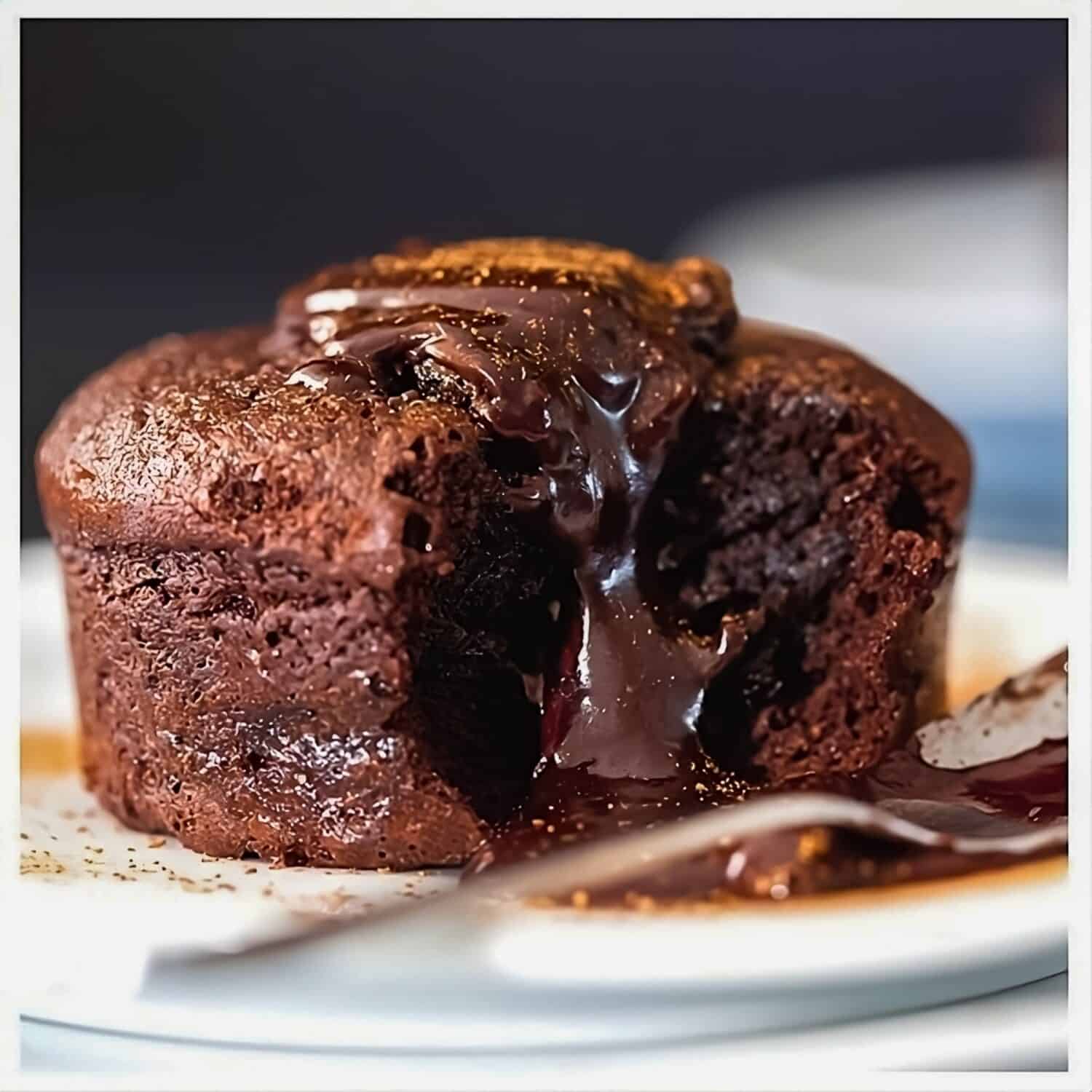
Soufflé is a difficult dessert to get correctly and also one that is extremely easy to mess up. You can make a soufflé with many different ingredients. A chocolate soufflé makes an excellent sweet or bittersweet dessert, but a cheese or crab soufflé can be a decadent savory choice for your dinner menu. However, it can take some practice to make your soufflé look the way you want it to because several steps need to be performed perfectly for it to rise the way it’s meant to.
The goal of a soufflé is for the baking process to create air bubbles that cause the soufflé to puff up over the top of the dish you used for baking. However, many things can inhibit the air bubbles and prevent soufflé from rising. The most common issue people run into that ruins their soufflé is not beating the eggs enough or fast enough. While it is possible to beat the eggs by hand for a soufflé, most chefs recommend a hand mixer.
Another common problem is using eggs that are too cold. You need to whip the eggs until they have stiff peaks, which simply will not happen with eggs taken directly from the fridge. Ideally, you want to remove the eggs you plan to use from the fridge about an hour before you start making the soufflé to give them time to get to room temperature.
Finally, you can’t even have a trace of egg yolk in your egg whites. Egg yolk will prevent the air bubbles from getting big enough to lift the soufflé properly.
Baked Alaska
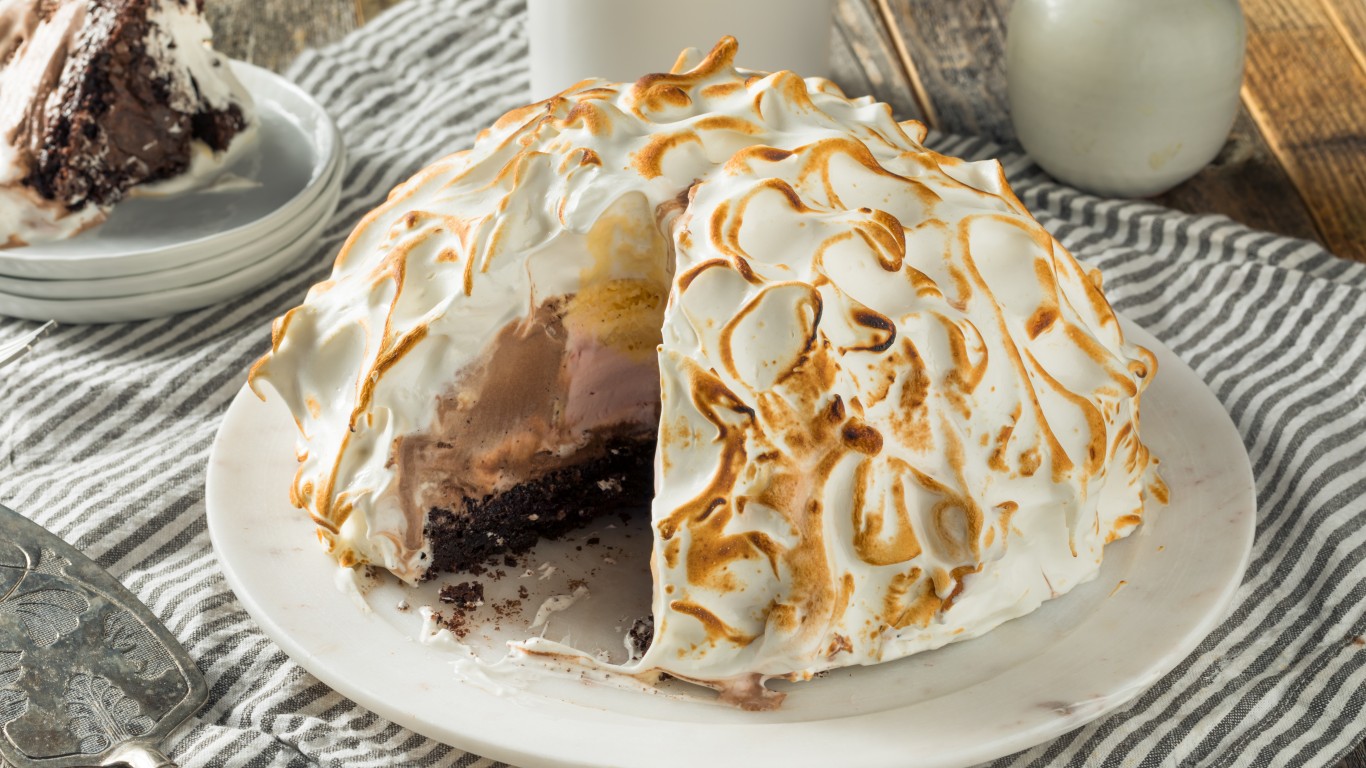
Baked Alaska is one of the most decadent desserts you can find. It features ice cream packed inside a meringue crust with sponge cake. A few main factors make Baked Alaska so unusually difficult to prepare. One is that you need to prepare sponge cake and meringue from scratch. Another is that you need to set it on fire. Alternatively, you can bake it without melting the ice cream, which can take some finesse.
One of the hallmark features of Baked Alaska is that the meringue shell on the outside needs to be browned. The most common way people achieve this is by baking the cake in the oven, which will give the outer shell an even brown look. However, if you bake the cake too long, the ice cream inside will melt and go everywhere. Cleaning that up won’t be fun!
To get around the need to put ice cream in the oven, some chefs will fire the meringue with a blowtorch. This won’t give you that even brown all the way around the cake, but it will brown a good portion of it while not putting as much heat on the ice cream. However, this requires you to: 1. Have a blowtorch. 2. Know how to use the blowtorch. 3. Be willing to use the blowtorch on a cake. A seasoned chef might have the skill set necessary for this as fire in the kitchen is nothing new, but a fairweather hobbyist might find the idea of lighting a blowtorch in their house pretty daunting.
Turducken
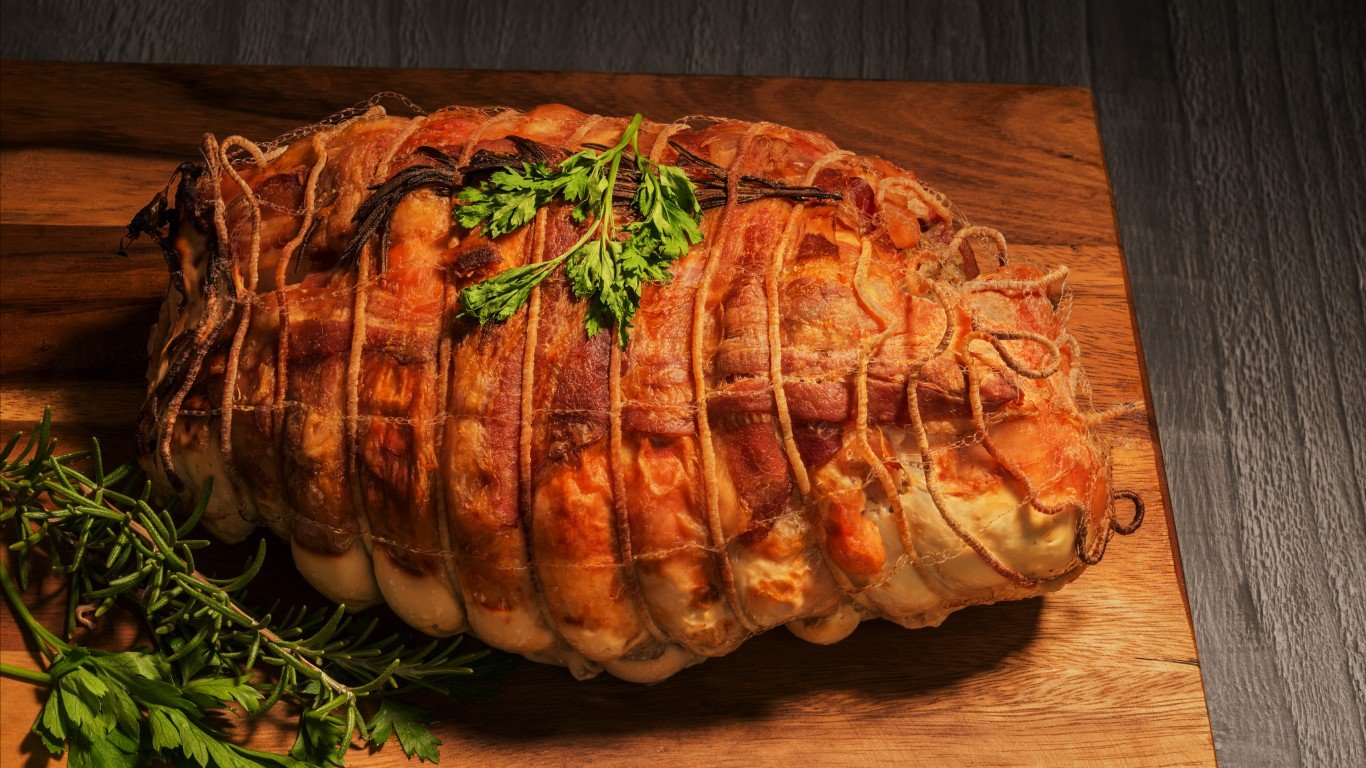
If a Thanksgiving turkey just isn’t doing it for you anymore, you might want to try out a Turducken. The word “turducken” is a portmanteau of the words “turkey”, “chicken”, and “duck”. As the name implies, it is a physical combination of the three birds, roasted together. To achieve this, the chef must debone all three birds carefully. Then, they stuff the chicken inside the duck, and both of those birds get stuffed inside the turkey.
There are a few challenges to the Turducken that make it more difficult for inexperienced chefs. The first is that you have to debone all the birds very carefully. If you debone with too heavy a hand, you’ll destroy the structural integrity of the birds and the roast will look misshapen. Now, misshapen food can still taste good, but presentation is a crucial part of preparing food as well.
The other major difficulty is that you need to thoroughly cook all three birds—especially the chicken, which is the innermost bird—without overcooking any of them. Turkey will get dry if you overcook it and the dryness will give it an unpleasant mouthfeel. However, chicken cannot be undercooked. Undercooked chicken is highly dangerous and can pass severe foodborne illnesses like salmonella to those who consume it.
Mole Poblano
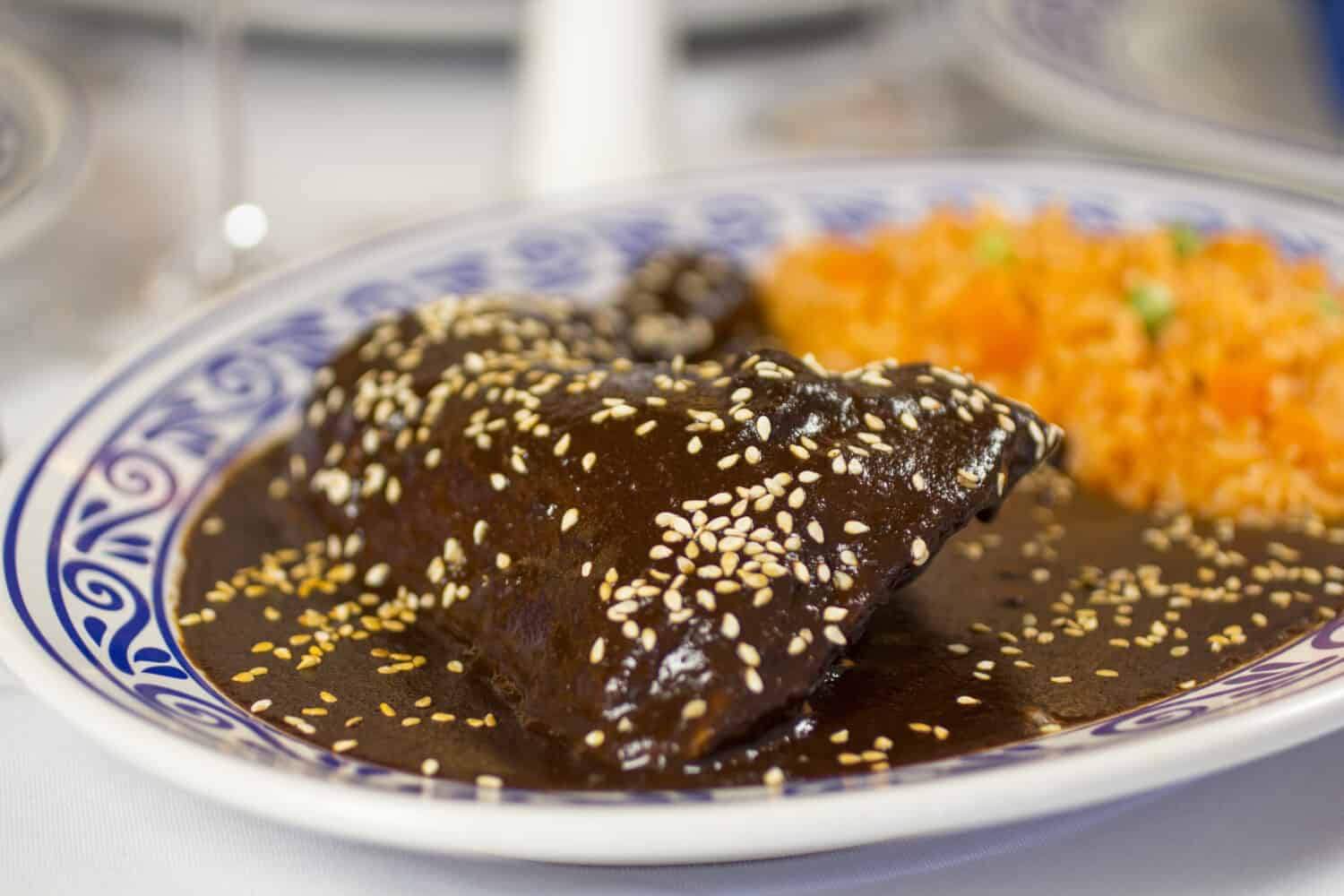
Mole poblano is a popular Mexican sauce that you can find as street food and in restaurants. Authentic mole is quite difficult to make because the sauce is highly complex, with many layered flavors that come together to create a rich, unique experience. While you may find many people touting “easy” versions of mole, these rarely capture the intricacies of the mole recipes that made the dish famous.
One major challenge in making mole poblano is that the adage goes that ‘longer is better’ when making this dish. The more time you spend on it, the better it will supposedly be. In some cases, people have spent over 24 hours on their batch of mole, and they do claim it was worth it. So, if you don’t have the time to invest in your mole, it might not be the ideal dish to add to your menu.
Another challenge is that a complex mole can have over 30 ingredients, including Mexican chocolate, which might not be as easy to get. Some of the ingredients in a good, authentic mole can only be sourced from a Mexican market. While you can make a decent mole with just a few ingredients, you’ll be missing out on the depth of flavor and complexity that mole is known for.
Paella
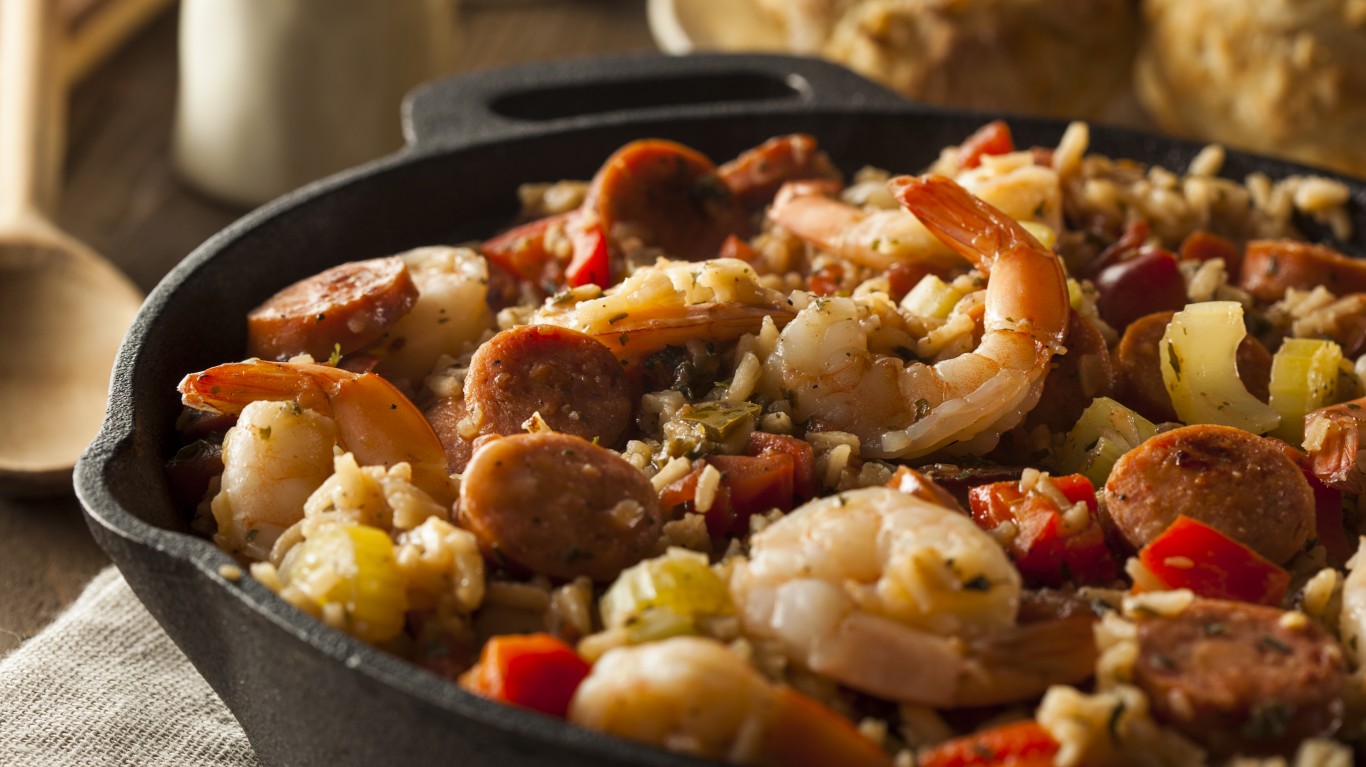
Paella is named for the dish that you use to make it. It uses a thin layer of rice on the bottom of a wide, shallow pan, allowing the water in the bottom of the pan to evaporate the cook the rice until it’s al dente. Paella is simultaneously difficult to execute well and extremely easy to execute poorly, making it a tough dish that can be intimidating for inexperienced chefs.
A common issue people run into with making paella is not using the correct kind of pan. Traditional, authentic paella uses a unique pan that’s perfectly shaped to create a soccarat. Paella pans should be wide, shallow, and made of steel. Traditionally, they have short handles on both sides. While you can substitute a paella pan for a different, similar pan, most agree that paella made with an authentic pan comes out better, as the rice will be cooked correctly.
Another common problem that arises is using the wrong kind of rice. Paella uses bomba rice, a medium-grain Spanish rice. When submerged, bomba will absorb 3× its volume and expand in width only. Substituting the bomba for a different type of rice—even another Spanish rice, such as basmati—will change the texture of your paella significantly.
Pâté en Croûte
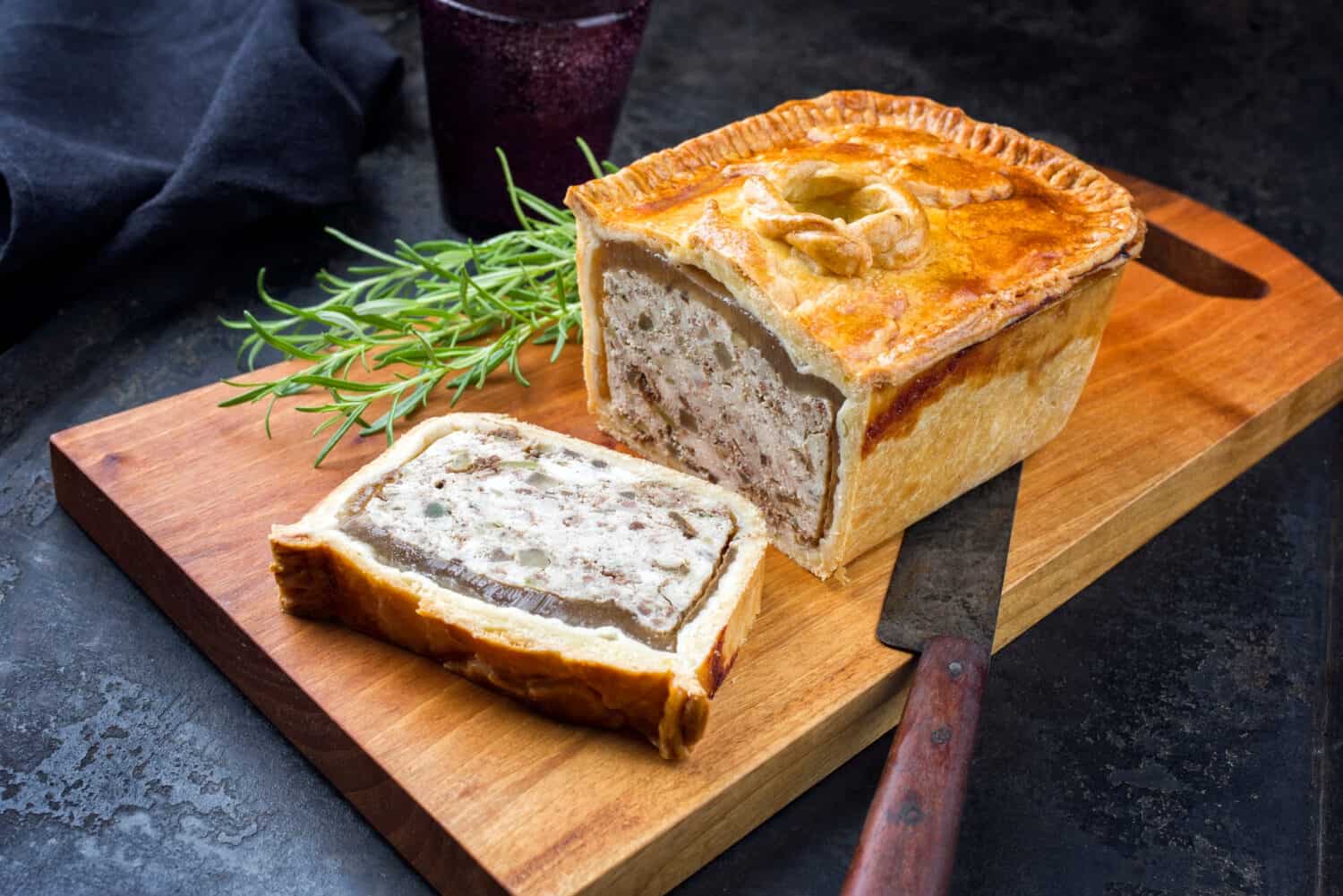
Pâté en croûte is a meat pâté inside a pastry. Traditionally, the French make the meat pâté with veal and pork. However, if you prefer, chicken, rabbit, or duck can be substituted for the meat choices. Incorrect preparation of pâté en croûte can result in the pâté becoming crusty and dry, which is just as gross as it sounds. You can also have trouble with getting the pastry to be the correct consistency and texture.
The first place that people usually mess up with pâté en croûte is not doing enough work. The Meilleur du Chef website lists 126 steps to creating the perfect, authentic pâté en croûte, which is 125 more steps than I want to do. So, I get it. However, if this is the dish you want to make (or someone wants you to make it), you’ll need to put in the work and not cut corners.
There are also several other places your pâté en croûte can go wrong. You might use the wrong type or size of terrine. Maybe you rolled the dough unevenly or used the wrong technique to get the dough into the corners of the terrine. If you measure the flour instead of weighing it, it will go wrong. Did you remember to make an escape valve and chimney? Don’t forget the egg wash. The list goes on.
Anything Flambéed
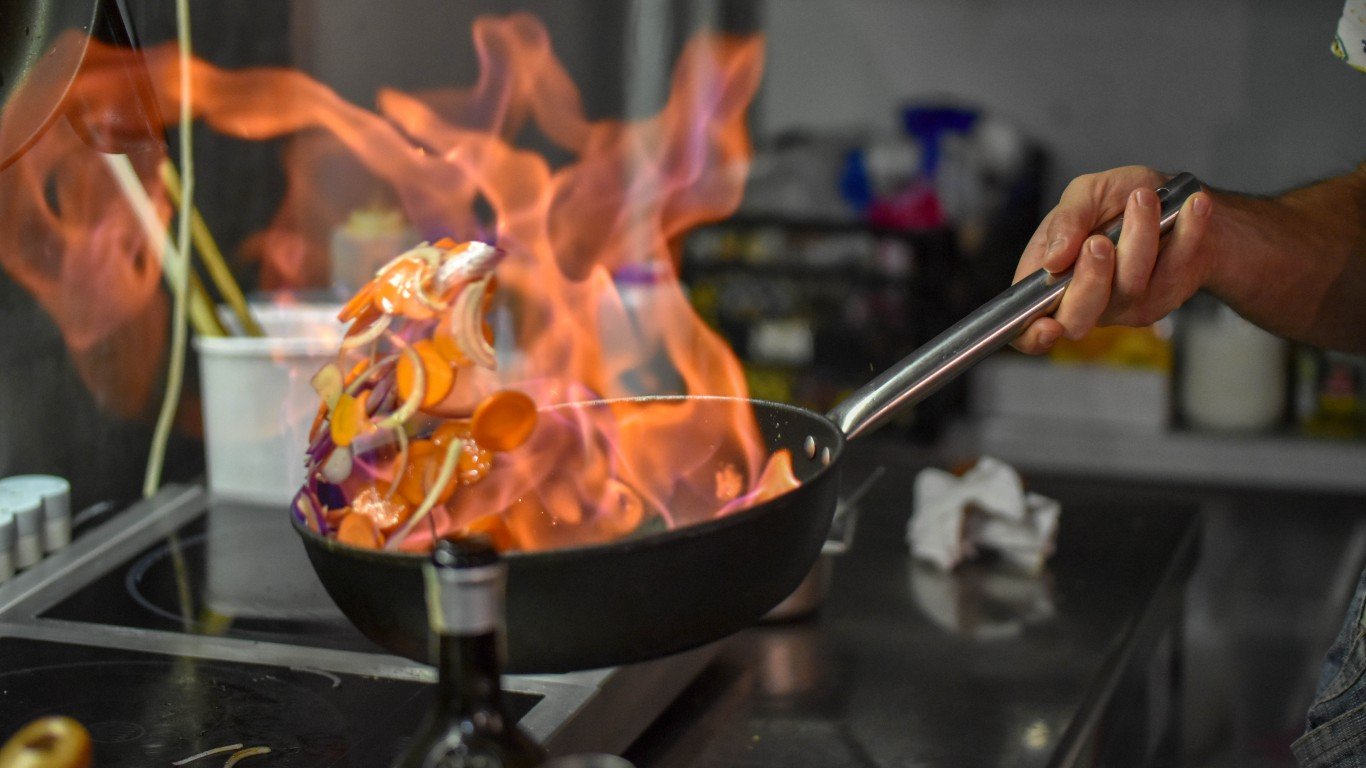
Flambé means flame, and in cooking, it refers to the process of igniting alcohol in a pan. Yes, it means you set the food on fire briefly. If the thought of a burst of flame coming from your pan scares you, this technique might not be for you. While the process of flambéing food might seem intimidating, when done correctly, it is completely safe to do.
There are a few things you’ll want to keep in mind when you flambé food. First, you’ll want to prepare for a burst of potentially far-reaching flames. When the alcohol ignites, it will ignite the alcohol fumes around the pan, causing a burst of flames. You’ll want to make sure you stand back from the stove and avert your face or you might singe your eyebrows off.
Another thing you want to do is ensure that you light the fumes at the edge of the pan rather than the liquor itself. This process will give you a burst of flames and ignite the liquor without possibly causing an explosion. Speaking of explosions, do not pour liquor directly from the bottle into the hot pan. It can cause the fumes to ignite and follow the stream back up into the bottle… which will cause the bottle to explode.
Macarons
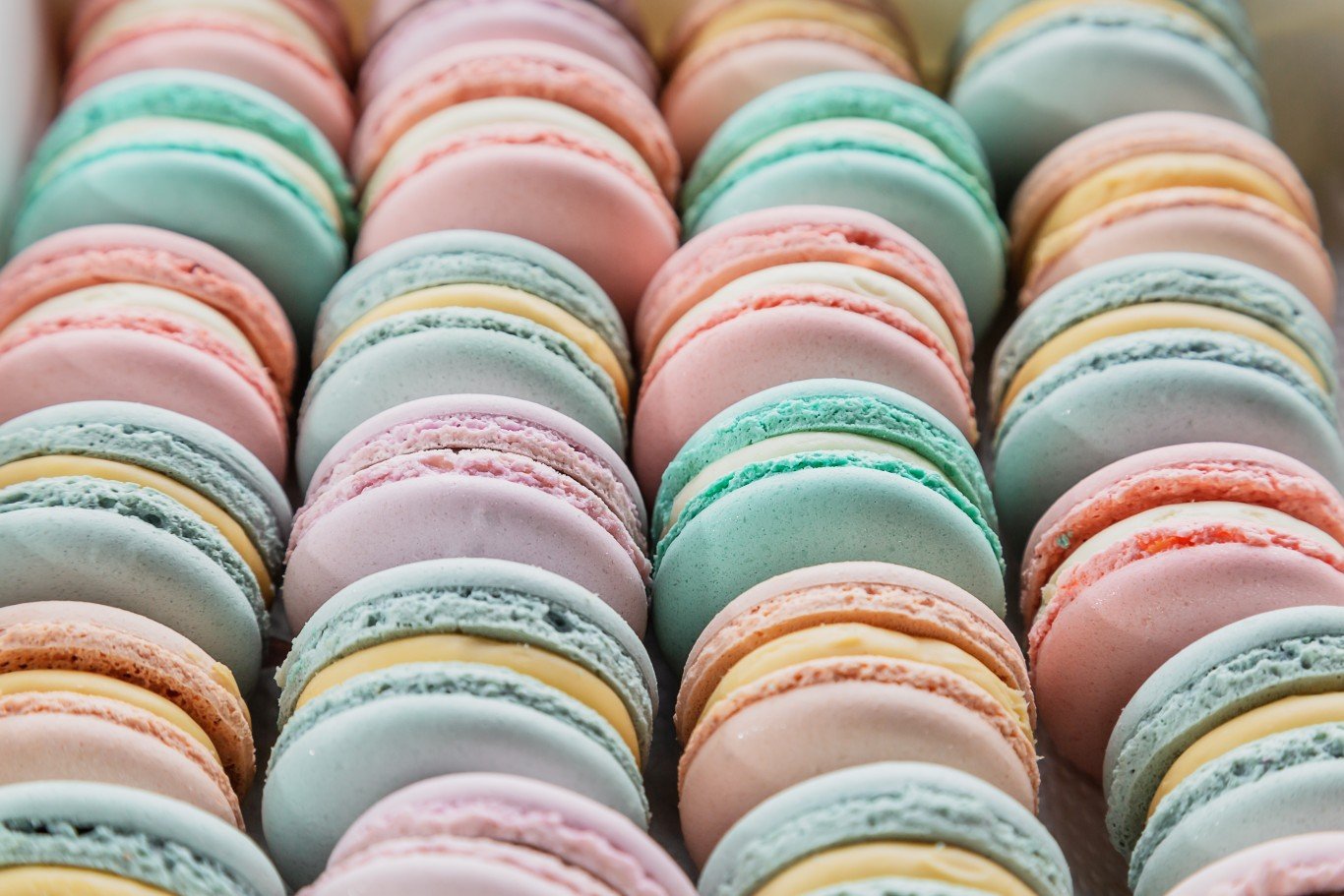
Macarons are among the more finicky pastries to make. They require the baker’s full attention throughout the entire preparation process. Lack of proper attention can leave you forgetting crucial steps or allowing environmental factors to influence the outcome of your baking. In some cases, these can lead to the macarons being entirely inedible.
The problem with macarons is that they’re an extremely sensitive pastry. They’re sensitive to humidity. This humidity sensitivity leads some people to attribute a small amount of macaron making to luck. After all, the humidity in the air on the day you need to make your macarons is entirely out of your control. They’re also moisture-sensitive and require a perfectly managed balance of moisture to retain the proper texture. Too much water and they won’t hold their shape, not enough and they’ll crumble.
A few good practice habits that can help improve your macarons are as follows. Firstly, make sure your egg whites are at room temperature. Cold egg whites won’t whip into the stiff peaks needed to make macarons. Also, ensure that there is no yolk present in the egg whites. The yolk will prevent the egg whites from reaching the stiff peaks macaron shells require.
